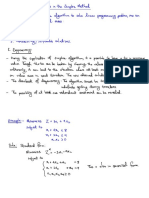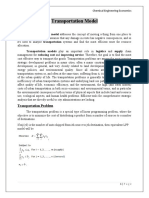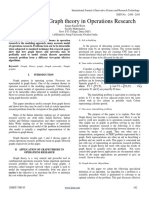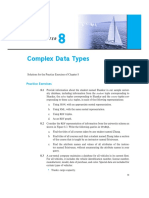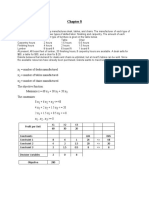0% found this document useful (0 votes)
273 views31 pagesUnconstrainedOptimization I
The document discusses optimization problems and conditions for a function to attain minimum and maximum values. It introduces concepts of global minimum, local minimum, and strict local minimum. Conditions like Weierstrass' theorem and first order necessary conditions for a function to have a local minimum are presented. Examples of functions satisfying the conditions are also shown graphically.
Uploaded by
ShubhamCopyright
© © All Rights Reserved
We take content rights seriously. If you suspect this is your content, claim it here.
Available Formats
Download as PDF, TXT or read online on Scribd
0% found this document useful (0 votes)
273 views31 pagesUnconstrainedOptimization I
The document discusses optimization problems and conditions for a function to attain minimum and maximum values. It introduces concepts of global minimum, local minimum, and strict local minimum. Conditions like Weierstrass' theorem and first order necessary conditions for a function to have a local minimum are presented. Examples of functions satisfying the conditions are also shown graphically.
Uploaded by
ShubhamCopyright
© © All Rights Reserved
We take content rights seriously. If you suspect this is your content, claim it here.
Available Formats
Download as PDF, TXT or read online on Scribd
/ 31



















